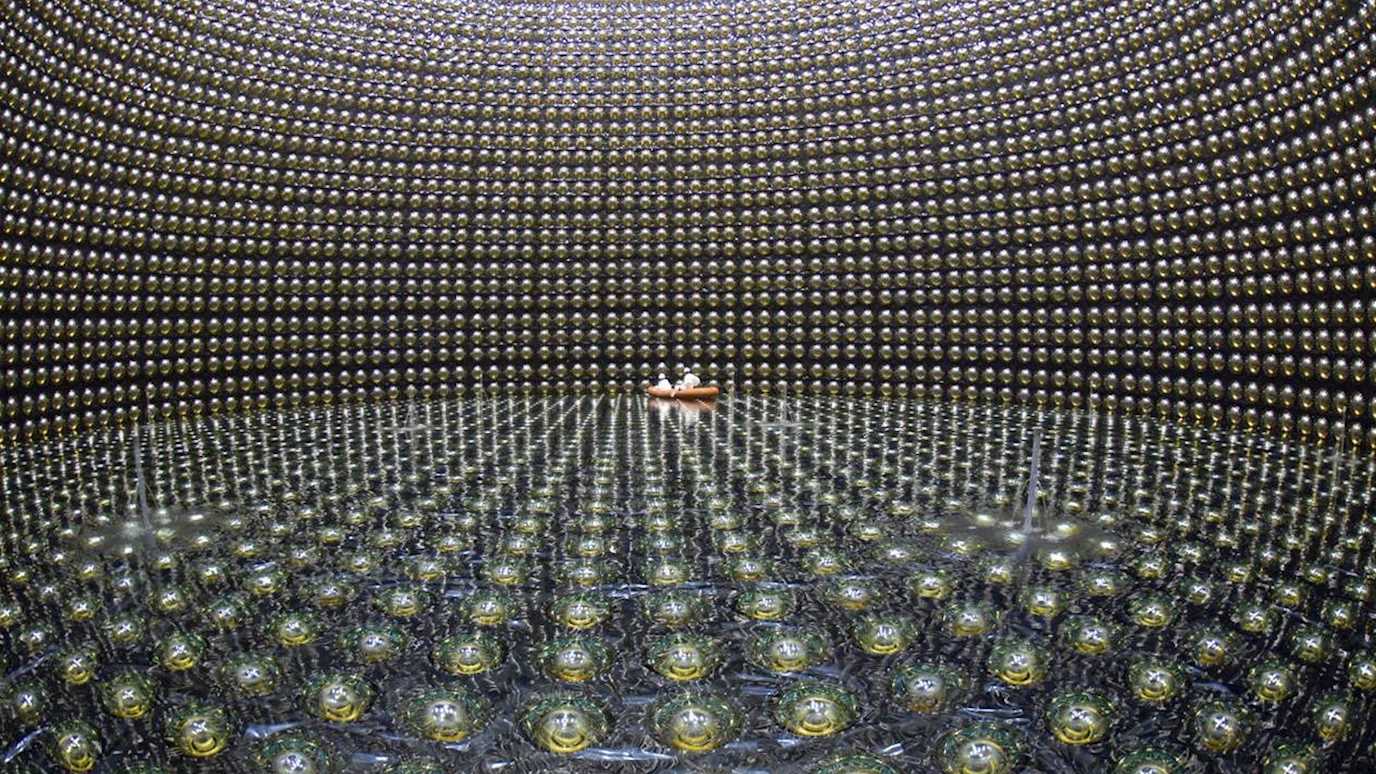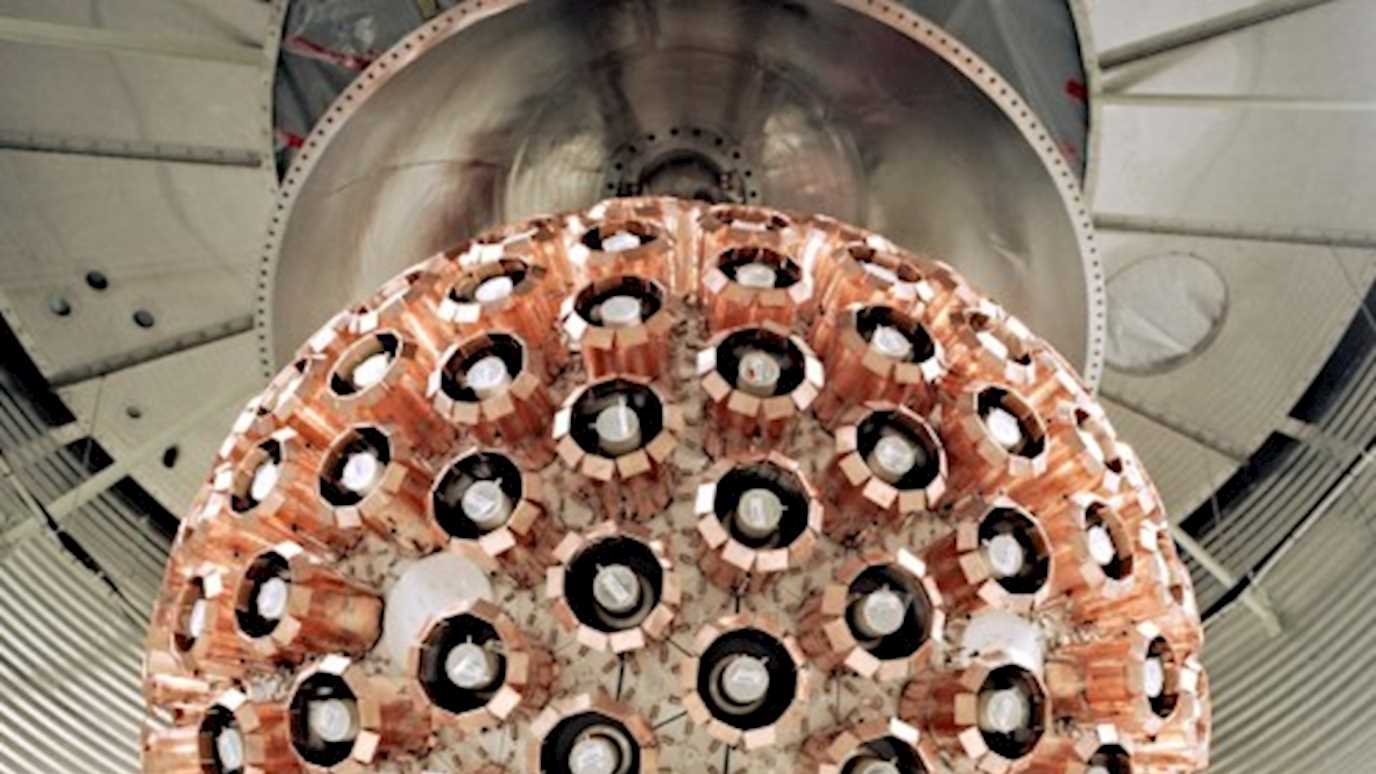At Royal Holloway University of London, researchers are conducting cutting-edge research on dark matter, a mysterious substance that makes up approximately 85% of the matter in the universe. The team is studying the behavior and properties of dark matter, using a variety of techniques including computer simulations and astronomical observations. The research aims to better understand the nature of dark matter and its role in the evolution and structure of the universe. The team is also exploring innovative methods for detecting and studying dark matter, which has the potential to lead to new breakthroughs in the field. Overall, the research into dark matter at Royal Holloway University of London is pushing the boundaries of our understanding of the universe and has the potential to revolutionize our understanding of physics and cosmology.
DEAP
Dark Matter Direct Detection using Argon Pulse Shape Discrimination
DEAP is a dark matter direct detection experiment currently taking data in SNOLAB, 2 km underneath Sudbury, Ontario in Canada. DEAP is the largest dark matter experiment running today, with a 3.6 tonne liquid argon target. When dark matter interacts in the DEAP detector, the argon target produces a tiny flash of light. The distribution of this light in time and space are used to identify the type of particle interaction in the detector.
Our group focuses on calibration and particle identification, to distinguish candidate dark matter signal interactions from background processes that may mimic the signal. Dark matter experiments must distinguish signal from backgrounds at the level of one part per billion, or better! This means the detector response must be understood just as well; we develop this understanding using many kinds of calibration data. We also develop new statistical tools to reduce uncertainties in the dark matter search.
DarkSide-20k
Two-Phase Argon TPC for Dark Matter Direct Detection
DarkSide-20k is an experiment that will study dark matter and solar neutrinos in the LNGS underground laboratory in Italy from 2022. DarkSide-20k will house a 50 tonne liquid argon target inside a dual phase time projection chamber (TPC). Dark matter interactions with argon atoms in the target will be imaged by a new kind of photon detector, large-area cryogenic silicon photomultipliers (SiPMs). DarkSide-20k’s dark matter sensitivity is optimized for interactions above the energy scale accessible at the Large Hadron Collider.
Our group focuses on distinguishing dark matter signals from interactions of background particles by using a 700 tonne instrumented veto detector surrounding the TPC. We are contributing to the simulation and design of the detector, and exploring searches for exotic dark matter candidates, such as warm sterile neutrinos, in DarkSide-20k.






















